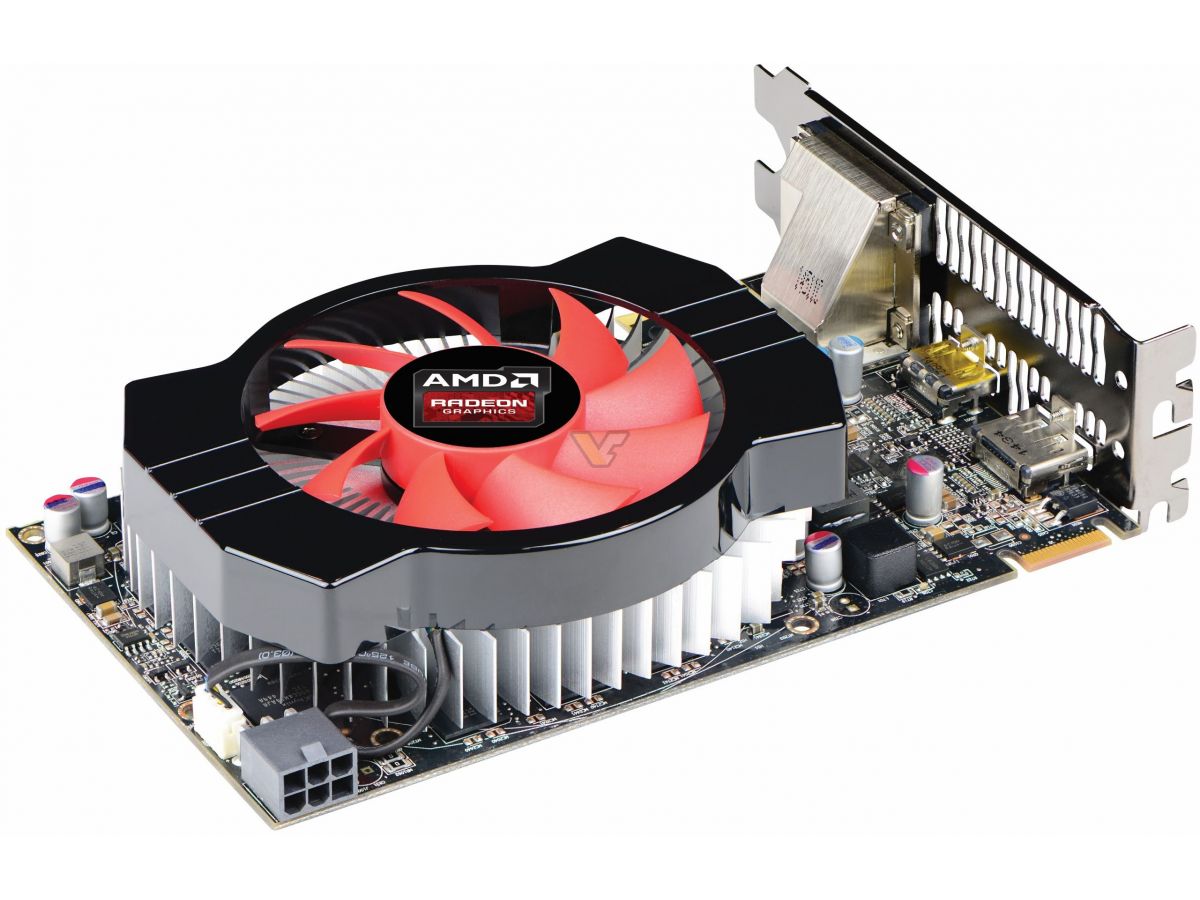

Compared to its NVIDIA 's closest rival, GTX 980, the R9 390 was -19.1 % slower.įor 1080p Full HD, we were able to play Apex Legends, Call of Duty Modern Warfare, Resident Evil 2, Strange Brigade, Valorant at 63 fps to 115 fps and kept frame rates hovering around 79 fps. The R9 390 has 8 GB RAM compared to the R9 290 's 4 GB video memory. Spec for spec, this R9 390 leapfrogs its direct predecessor, the R9 290, by boasting 3.3 % more fps. Meanwhile, the NVIDIA closest equivalent card is the GTX 980 which costs $ 549. Compare this to the R9 290, AMD Radeon R9 290X, which came originally at a price of $ 399, $ 549. The R9 390 is much more cheaper than the R9 290 as it costs $ 329. After taking the time to fully test the GCN 2.0 graphics card inside the R9 390, we can say without a doubt that it continues the trend. AMD ’s xx90 cards have always been defined by high-end prices with performance that knocks on the door of extreme graphics cards – especially when overclocked. The good news is, with the release of the R9 390X, the R9 390 's price is getting more discount. The overall score is determined based on the calculated weightings for the individual components. The higher the better for higher resolution textures and future The higher the better.Ĭurrent CPU Impact on performance with respect to the highest performing CPU used for benchmark at the The higher the better.ĤK performance at 2160p resolution. The lower the better.įull HD performance at 1080p resolution. The lower the better for longer life of the graphics card.

Power Supply Wattage required for overall system. The newer the better technology and performance optimization and But they are still substantial and it appears that the larger caches in Fiji allow it to come closer to its theoretical potential in both real world and synthetic benchmarks than Hawaii could.The release year of the graphics card. The performance gains in this area are not as large as they are in gaming tasks. Overall we can see that AMD has improved compute performance with Fiji. Just to keep AMD honest our FlopsCL benchmark shows that the R9 Fury X is, for whatever reason, capable of up to only 8.4 TFLOPS rather than the 8.6 TFLOPS that basic math, and AMD’s spec sheet, would lead us to assume should be capable of. Here’s those same numbers in table format. Moving to single precision compute tests the R9 Fury X shows it potential consistently out performs the R9 290X by 37 percent on average. We’d attribute the difference between potential performance and real-world performance in this case to the increased amount of cache found in R9 Fury X over the R9 290X which went from 1 MB to 2 MBs. In this gap appears much smaller though with the R9 290X just barely edging the R9 Fury X out. In raw double precision GFLOPS the difference is a significant 157.4 GFLOPS in favor of AMD’s old stalwart. In double precision compute tasks the R9 290X is just as fast, if not slightly faster than AMD’s brand new Fury X. 8600 GFLOPS / 16 GFLOPS = 537.5 GFLOPS with that in mind the following results should be unsurprising. Double precision compute appears to limited to 1/16 th of the rate of single precision compute. AMD quotes compute performance as up to 8.6 TFLOPS: that is single precision of course. (Check it out, they never changed their name after the acquisition.)įirst let’s start with the bad news, or at least the most unimpressive thing about the compute performance of the Fury X: double precision compute. Our testing bits were provided by the usual suspects and our R9 Fury X and R9 290X were shipped to us straight from ATI Technologies in Taiwan. You can once again find our raw testing data on OneDrive. Our test setup is the same as in our gaming focused articles.

We expect to similar results in this comparison. In gaming scenarios, we found that it was about 50 percent faster than AMD’s old flagship the R9 290X. With 8.6 TFLOPS of single precision compute on tap and half a terabyte of memory bandwidth to back it up the Fury X should put up some impressive numbers in our benchmarks. In this article we’ll take a look and see how Fiji performs in a variety of OpenCL benchmarks. With an almost 600m2 die AMD’s R9 Fury X looks to have excellent OpenCL compute potential.


 0 kommentar(er)
0 kommentar(er)
